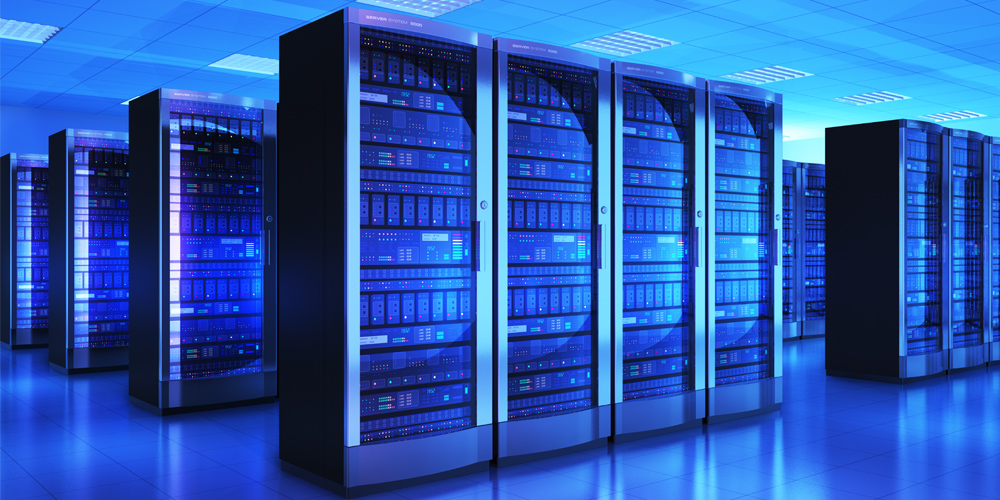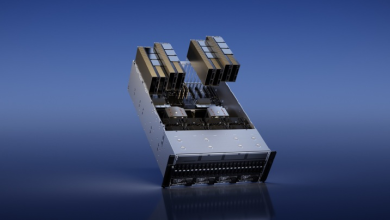Hardware Remains Top IT Spend Despite Cloud Rush: Study

Although many businesses have rushed to the cloud to support a new remote workforce, hardware remains the top IT spend category, according to Spiceworks Ziff Davis (SWZD), a division of Ziff Davis, that published its new Hardware Trends in 2022 and Beyond report, offering insights into the state of server and client computing devices.
The survey findings show that physical servers will continue to evolve to ultimately co-exist and integrate with public clouds, allowing for greater portability and flexibility that will benefit organizations in an increasingly hybrid world.
To facilitate a holistic view of the current and future state of hardware tech, SWZD combined historical IT spend and adoption data with their 2022 State of IT research focused on hardware. This global survey captured insights from 1,000+ IT professionals in companies across North America and Europe.
Speaking to CXOToday, Peter Tsai, Head of Technology Insights at Spiceworks Ziff Davis said, “In 2022, businesses will modernize IT infrastructure and update client devices to support the workforce in our increasingly hybrid world.”
“Driven by the shift to remote work which places a premium on portable computing devices, companies plan to spend significantly more on laptops than on desktops — 19% of hardware budgets vs. 14%, respectively,” he said.
The findings show that AMD processor usage is poised to grow: Within two years, business adoption of AMD is expected to rise to 60% for PCs and 44% for servers. Also, storage acceleration trends continue: More than two-thirds (68%) of enterprises (500+ employees) plan to adopt all-flash storage arrays within the next two years.
The cloud “pay-as-you-go” model is becoming more popular on-premises. More than half (57%) of enterprises expect to adopt consumption-based infrastructure by the end of 2023. Moreover, adoption of ARM server processors is poised to double from 11% of businesses currently to 22% within the next two years.
“As organizations acquire new laptops to accommodate employees who will work from home, they’ll be more open to looking beyond the Intel + Windows architecture that has been dominant for decades. SWZD’s Hardware Trends in 2022 and Beyond report points towards significant adoption growth of AMD, Apple, and ARM processors. Within two years, 60% of companies plan to use AMD processors in client devices and 37% will use Apple’s M1 chips,” said Tsai.
“In server rooms around the world, on-premises infrastructure will evolve by offering greater performance and growing more intertwined with public clouds. For example, fast solid-state drives (SSDs) continue to gain traction as businesses look to alleviate storage bottlenecks associated with legacy hard drives. Already, 55% of businesses use SATA SSDs in on-premises servers. Within two years, most IT departments plan to equip servers with even faster flash storage in the form of SAS SSDs (56%) and still faster NVMe SSD drives (53%),” he added.
In the future, companies will continue to invest in on-premises infrastructure, which is evidenced by the evolution taking place within server rooms around the world, the report showed. For example, 56% of businesses have adopted embedded remote management (e.g., Dell’s iDRAC, HPE iLO technologies) — which can help IT professionals manage servers from anywhere.
Most companies (55%) also have fault tolerance/failover capabilities in place, often implemented through virtualization and hyperconverged systems, which allow for business continuity in the event of hardware failure.
Consumption-based billing has made its way to server rooms — instead of buying their hardware outright, businesses can now opt for “as-a-service” billing for on-premises infrastructure. Several hardware manufacturers offer solutions designed with cloud integration in mind to pull on-premises and cloud payment models in alignment with technology stacks. Today 25% of organizations use this consumption-based infrastructure technology, with that number jumping to 39% among enterprises (500+ employees).
Storage infrastructure also continues to evolve as organizations look to once out-of-reach technologies like fast flash in lieu of traditional spinning hard disk drives. For example, 24% of companies use all-flash storage arrays today and an additional 20% plan to by the end of 2023.
Adoption of external all-flash storage arrays jumps higher in larger companies. Only 14% of the smallest companies (1-99 employees) currently use all-flash storage, compared to 39% of enterprises. Beyond the server room, end-user hardware adoption is changing too: Today’s pandemic- induced remote work climate calls for portability than traditional desktops can offer. SWZD’s 2022 State of IT report shows approximately 40% of employees using laptops and 40% using desktops.
“As more workloads run in AWS or Azure to support the remote workforce, on-premises infrastructure will evolve to integrate more seamlessly with public clouds, offering organizations more resilience and the flexibility to run workloads wherever it makes the most sense. SWZD’s Hardware Trends in 2022 and Beyond report indicates that within two years, most businesses (54%) will integrate physical servers with a public cloud. More than one-third of companies (37%) will take it a step further by using consumption-based “as-a-Service” billing, which simplifies building hybrid clouds by aligning technology stacks and by bringing the cloud payment model to on-premises infrastructure,” said Tsai.
As businesses further adapt to a hybrid future, their tech stacks will continue to evolve as IT departments seek out functionality to drive their businesses forward, the study said.







